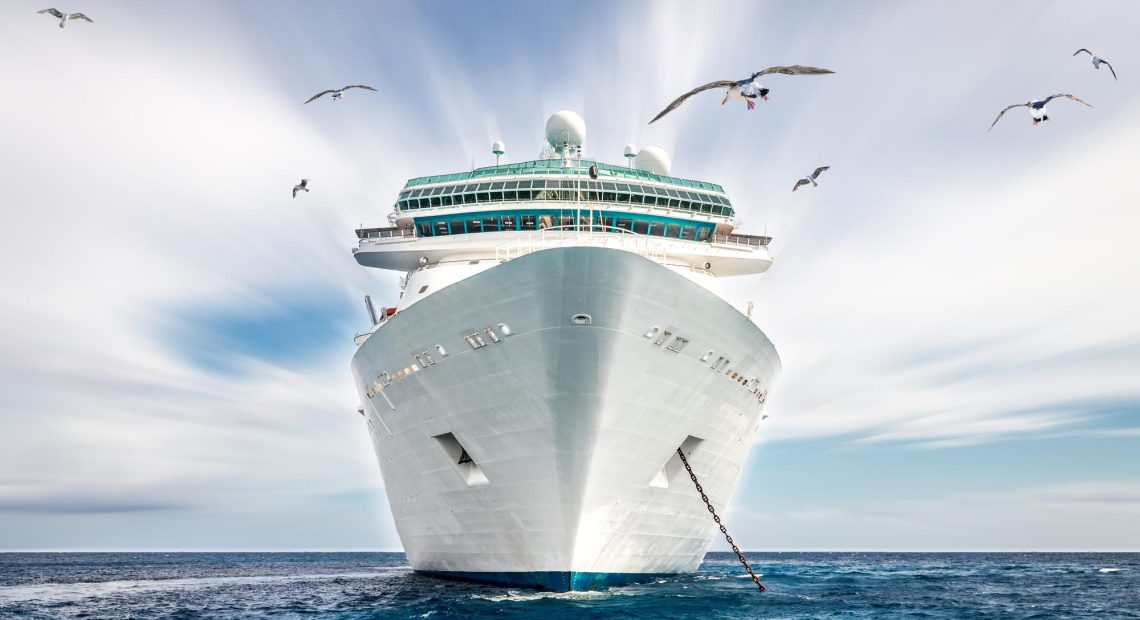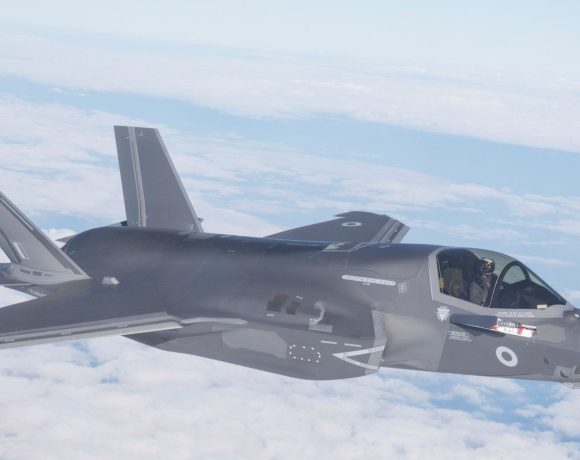
Chinese Naval Presence in the Tasman Sea
Australia and New Zealand are closely monitoring a fleet of Chinese warships conducting live-fire exercises in the Tasman Sea. The task group, comprising a Renhai-class cruiser, a frigate, and a supply ship, was first detected near Australia’s northeastern coast before moving approximately 150 nautical miles east of Sydney. This deployment marks an unusual extension of China’s naval operations into southern waters.
Airspace Warnings and Flight Diversions
In response to the naval exercises, Airservices Australia has issued warnings to commercial pilots about potential hazards in the airspace between Australia and New Zealand. Several international flights have been diverted as a precautionary measure. Foreign Minister Penny Wong stated, “It would be normal practice where a task group is engaging in exercises for there to be advice given to vessels and aircraft in the area, and Airservices Australia is doing what it should do, which is to give that advice.” Discussions are underway between Australia and China to enhance notification and transparency regarding such military activities.
Regional Security Concerns
The presence of these Chinese warships has raised concerns among Australian and New Zealand officials. Deputy Prime Minister and Defence Minister Richard Marles noted that while the vessels are operating within international law, their activities are under close observation. He described the situation as “not unprecedented, but an unusual event.” New Zealand’s Defence Minister Judith Collins expressed unease over the lack of communication from China regarding the mission’s objectives and future plans. She stated, “We have not been informed by the Chinese government why this task group has been deployed into our region, and we have not been informed what its future plans are.”
Implications for Regional Stability
The deployment of a Renhai-class cruiser, among the most formidable warships afloat, suggests a demonstration of China’s expanding naval capabilities. Collin Koh, a senior fellow at Nanyang Technological University in Singapore, interprets this move as a signal that “the PLA Navy is not going to be constrained in movements and actions.” This development follows a recent incident where a Chinese fighter jet released flares near an Australian surveillance aircraft over the South China Sea, further escalating regional tensions.
As the situation unfolds, Australia and New Zealand continue to monitor the Chinese naval activities closely, emphasizing the importance of transparency and communication to maintain regional stability.


















